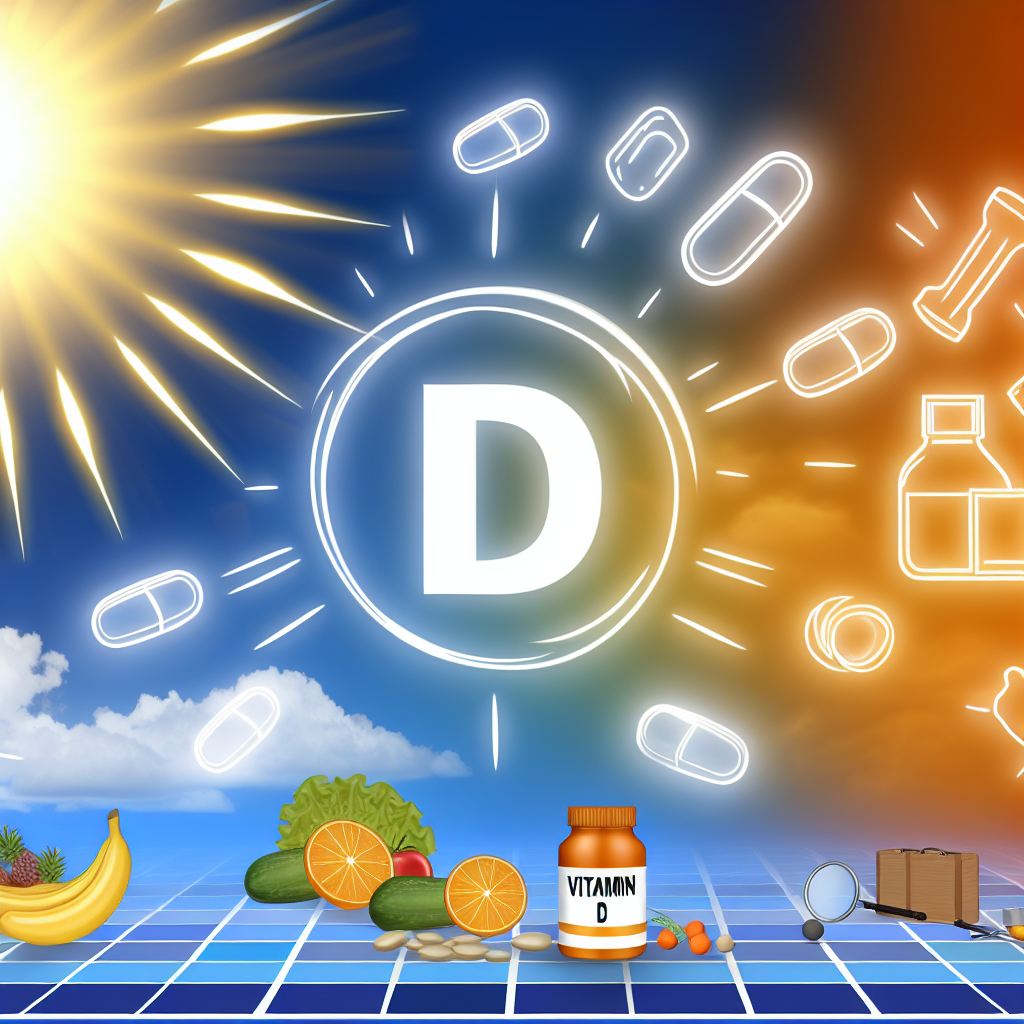Vitamin D has had a moment in the spotlight, as studies associate low levels with everything from heart disease to mood disorders. It’s no surprise that supplements containing this fat-soluble vitamin have surged in popularity.
But it is possible to get too much Vitamin D, which can lead to excessive calcium accumulation that weakens bones and negatively impacts kidney and heart health. Here’s how to stay safe.
Daily Dosage
Vitamin D is an essential nutrient that supports bone health, regulates calcium and phosphorus levels, and modulates cell growth, neuromuscular and immune function. It is produced endogenously and also absorbed from food and supplements. Serum concentrations of 25-hydroxyvitamin D [25(OH)D] are currently the main indicator of vitamin D status.
Upon exposure to sunlight, dietary intake, or oral supplementation, vitamin D becomes biologically active through two hydroxylations in the body. The first hydroxylation takes place in the liver and converts vitamin D to 25-hydroxyvitamin D, or calcidiol; the second occurs in the kidney and transforms calcidiol into the physiologically active form of 1,25-dihydroxyvitamin D, or calcitriol.
25(OH)D levels rise in response to increased dietary or supplementation intake, but the relationship is nonlinear, and the amount of increase varies by baseline serum level, age, race/ethnicity, and trial quality.
Preventing deficiency, ensuring optimal levels for other physiological processes, and avoiding toxicity are the main goals of a prudent vitamin D strategy. This paper discusses the main vitamin D dosing principles, outlines the most important low vitamin D risk groups, and suggests a brief vitamin D dose selection algorithm for clinical use (Figure 1). Due to the COVID-19 pandemic, measurements of serum 25(OH)D have been difficult to obtain, especially in vulnerable populations, and physicians may presume that patients’ serum vitamin D levels are below 75 nmol/L.
Health Benefits
With studies associating low vitamin D levels with everything from heart disease and cancer to mood disorders, vitamin D has been having its day in the sun. It's not surprising, then, that people are flocking to supplements and screening tests to boost their D levels.
Getting enough D helps preserve bone mass as you age, which can help prevent fractures. But there are other health benefits, too. Vitamin D may also reduce the risk of multiple sclerosis and other autoimmune conditions.
Most of the population, however, doesn't meet current intake recommendations for dietary sources of Vitamin D. That's especially true for older adults, people with darker skin (who have a harder time making D in the skin), and those who live farther away from the equator. Those with conditions that interfere with fat absorption are also prone to deficiency. In a recent study, the Women's Health Initiative clinical trial found that daily vitamin D (3
